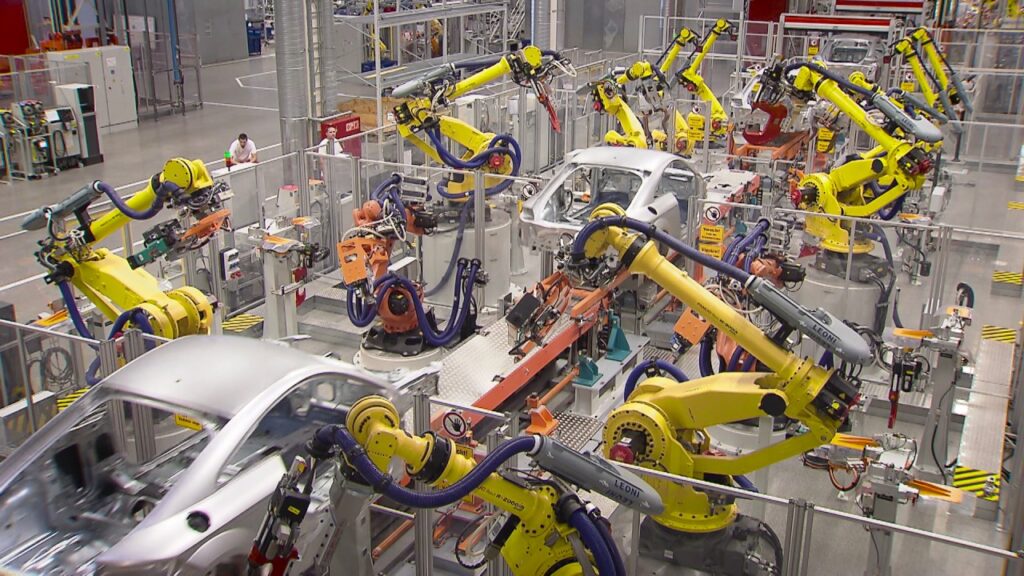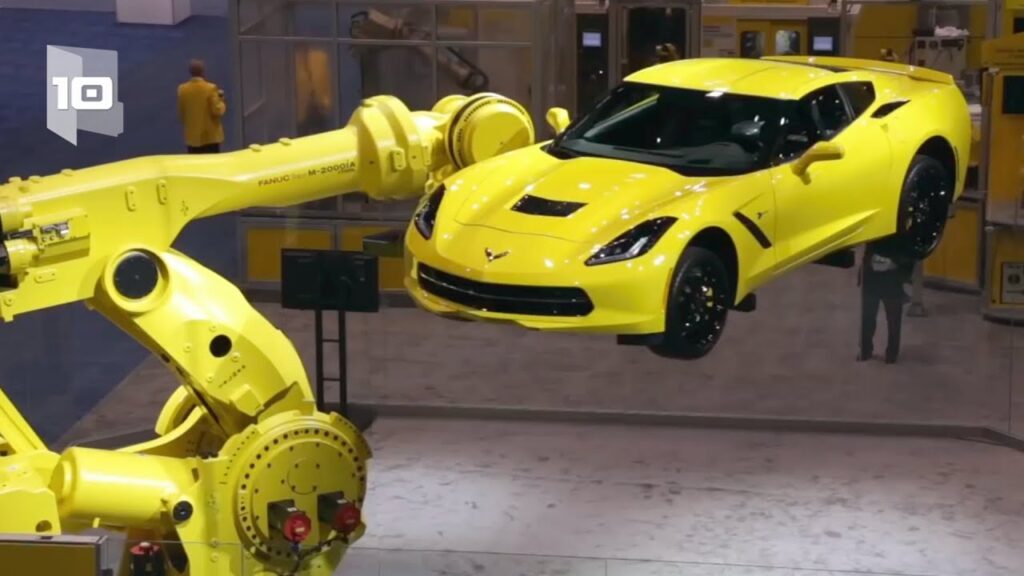Industrial Robotics: Exploring the Different Types of Industrial Robots
Industrial robotics has revolutionized the manufacturing industry, bringing unprecedented levels of efficiency, precision, and versatility to factory floors around the world. With advancements in technology, industrial robots have become an indispensable asset for companies striving to stay ahead in today’s competitive market. In this article, we will delve into the various types of industrial robots, exploring their capabilities and applications across different industries.
Before diving into the specifics, it is worth mentioning that industrial robots can be categorized into four main types based on their arm geometry. These include Cartesian robots, cylindrical robots, spherical robots, and articulated robots. Each type possesses unique characteristics that make them suitable for different tasks and applications.
Let us start by exploring Cartesian robots, also known as rectilinear or gantry robots. These robots utilize three linear axes of motion, allowing them to move in a straight line along the X, Y, and Z axes. Cartesian robots are widely used in industries that require precise and repetitive movements, such as pick-and-place operations in assembly lines or material handling tasks. They are renowned for their accuracy and reliability, making them a popular choice for industrial automation.
Moving on to cylindrical robots, these robots feature a prismatic joint in the base, allowing them to rotate along a cylindrical or vertical axis. Cylindrical robots are often used in applications that require a high degree of dexterity, such as welding, machine tending, and packaging. Their ability to rotate and reach over obstacles makes them excellent choices for tasks that involve a wide range of motion.
Spherical robots, on the other hand, are characterized by a spherical or polar coordinate system. These robots possess a single rotary joint at the base, allowing them to move in any direction within a spherical workspace. Spherical robots find extensive use in industries that require intricate and complex movements, such as painting, polishing, and inspection. Their ability to access hard-to-reach areas with ease makes them indispensable in tasks that demand utmost precision.
Lastly, articulated robots are the most versatile and widely used type of industrial robot. These robots consist of a series of interconnected rotary joints, resembling a human arm. This structure grants them an exceptional range of motion and flexibility. Articulated robots are utilized in a wide array of industries, including automotive, electronics, and pharmaceuticals. Their ability to perform complex tasks with speed and precision has made them the go-to choice for applications like welding, material handling, and assembly.
Now that we have explored the four main types of industrial robots based on arm geometry, it is essential to understand that these robots can be further classified based on their application. Some common types include assembly robots, welding robots, painting robots, material handling robots, and inspection robots. Each type serves a specific purpose, contributing to the overall efficiency and productivity of the manufacturing process.
Assembly robots play a crucial role in assembling components or products in production lines. Equipped with high-precision sensors and grippers, these robots ensure accurate and efficient assembly operations. Welding robots, on the other hand, automate welding processes, improving the quality and speed of welds in industries such as automotive and construction. By eliminating human error and fatigue, welding robots ensure consistent weld quality and enhance workplace safety.
Another significant application of industrial robots is in the field of painting. Painting robots excel at applying paint or coatings to surfaces with precision and uniformity, saving time and reducing material waste. Material handling robots, as the name suggests, handle the movement and transportation of materials within a factory setup. These robots are designed to lift, carry, and stack heavy objects, relieving human workers from physically demanding tasks.
Inspection robots are gaining popularity due to their ability to conduct thorough quality checks on finished products. Equipped with advanced sensors and cameras, these robots are capable of detecting defects, ensuring that only flawless products make it to the market. The use of inspection robots reduces the risk of human error and ensures consistent quality control standards.
In conclusion, industrial robots have transformed the manufacturing industry, revolutionizing processes and enhancing productivity. With their diverse capabilities and applications, they have become an instrumental tool for companies striving to achieve efficiency and precision in their operations. The types of industrial robots, ranging from Cartesian and cylindrical robots to spherical and articulated robots, each possess unique advantages that make them suitable for different tasks and industries. By harnessing the potential of these robotic systems, businesses can stay at the forefront of innovation and maximize their competitive edge in the global market.
Industrial Robot
Exploring the Different Geometries of Robotic Arms & Industrial Robots


